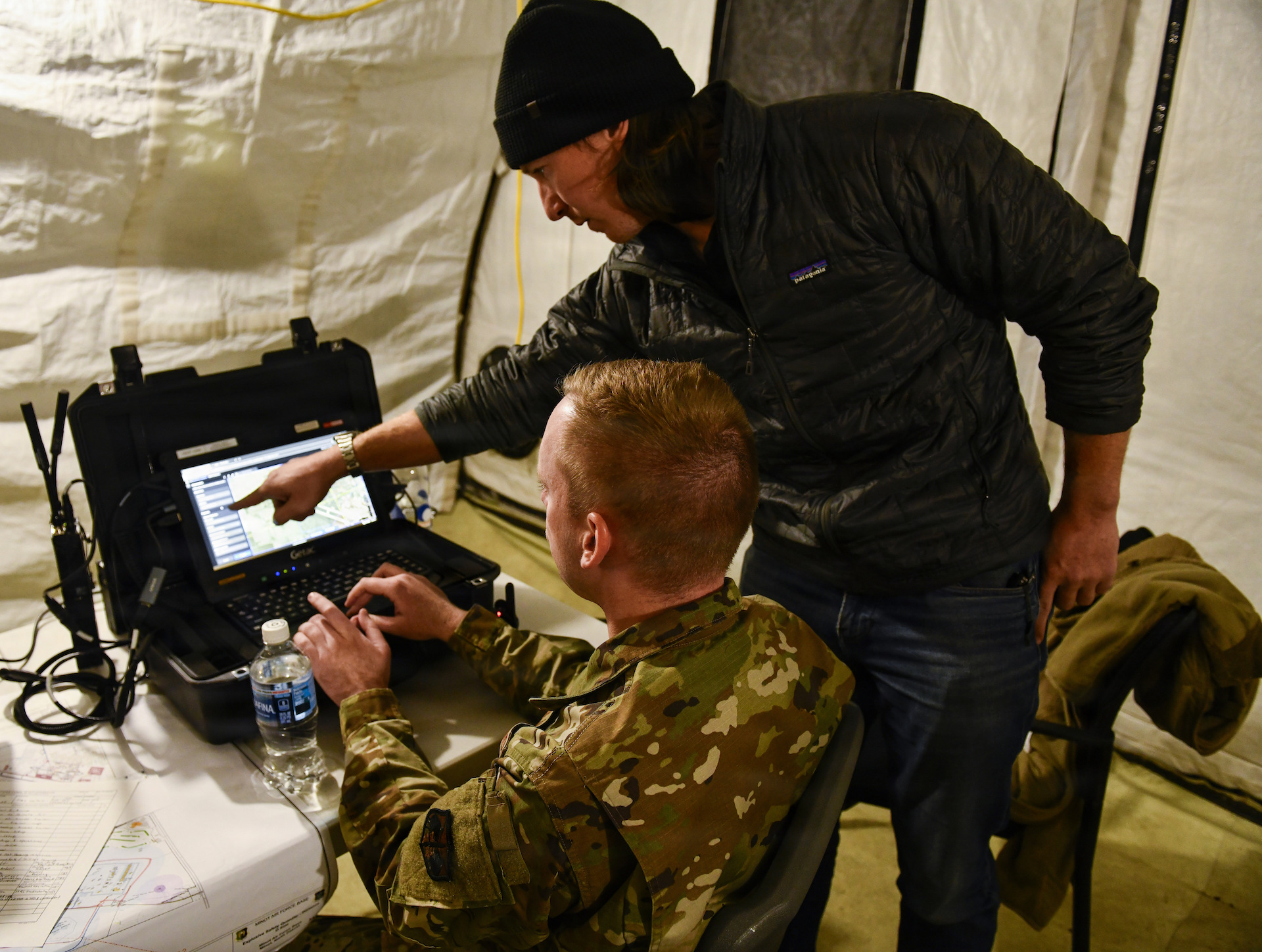- Reaction score
- 11,813
- Points
- 1,160
The Valkyrie and the targets from which it evolved succeed because they are stripped of everything but the essentials. And they are punted into the air by rockets which are left behind on the ground. That means that the engine doesn't need to be as big as it needs to be if it is trying to get the aircraft to altitude by its own sheer brute force. The engine can be smaller, reducing weight and drag, and the fuel tank can be smaller, reducing weight and drag. Range and endurance are increased as a result. As is cost.
Launching is from a ramp that can be towed behind a pickup truck. Because the rockets are doing all the work there is no need for pneumatics, or rubber bands, steam or electro-magnetic rails. Again, weight, cost and complexity are reduced. And the need for a runway is eliminated as well. So the Valkyrie can be launched from a parking lot, a truck, a train or a ship.
Landing is by means of parachutes and air bags. Assuming a JPAD type capability then the parachute can fly the Valkyrie back to a pre-determined pick-up point for reconditioning, rearming, refuelling and reuse.
The lack of a landing gear also reduces weight, complexity and cost.
I think, in terms of an effective, least-cost solution, Kratos is onto something.
Which leaves me puzzling over these bright ideas...

Kratos Valkyrie Trolley Launch System | Kratos Defense
Watch the video to see how the Kratos Trolley Launch System enables the XQ-58 Valkyrie to take off from traditional runways or straight roads, as well as be deployed in standard shipping containers and rail launched.
Why would you waste the effort to develop runway dependent solutions that increase vulnerability, decrease deployability, decrease range and increase cost?
Is the Air Force that wedded to its runways?
















